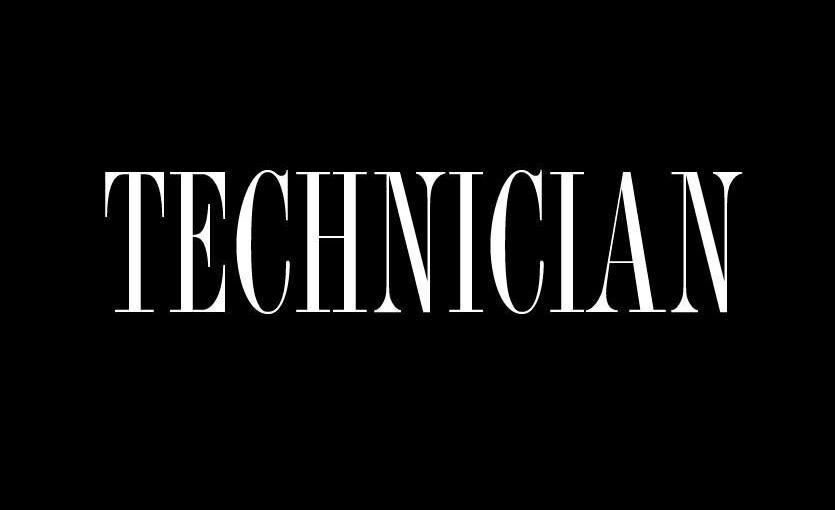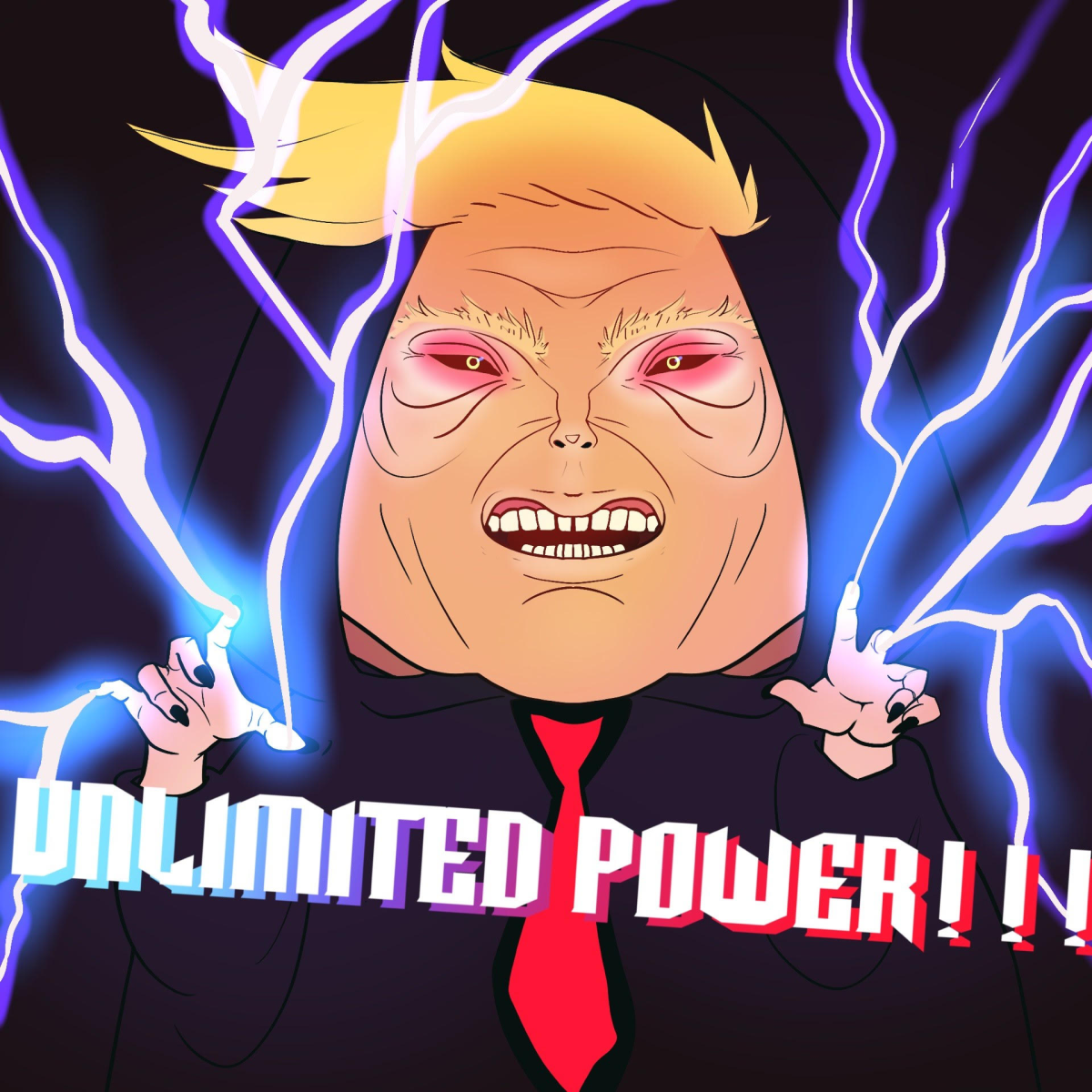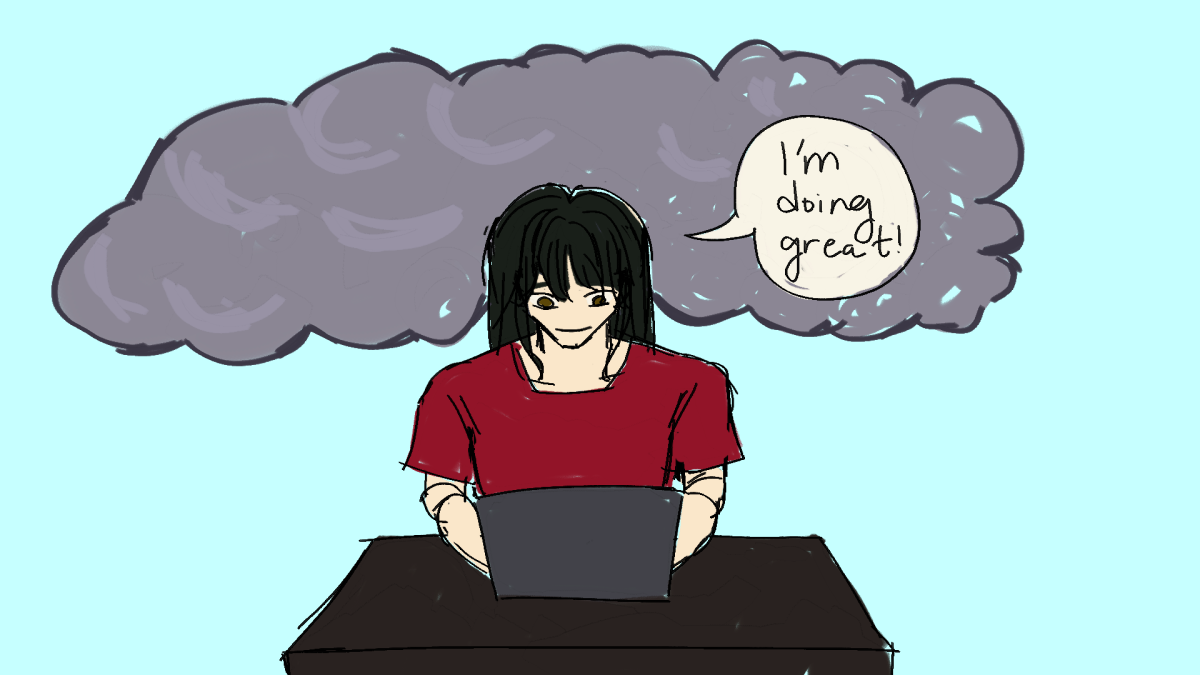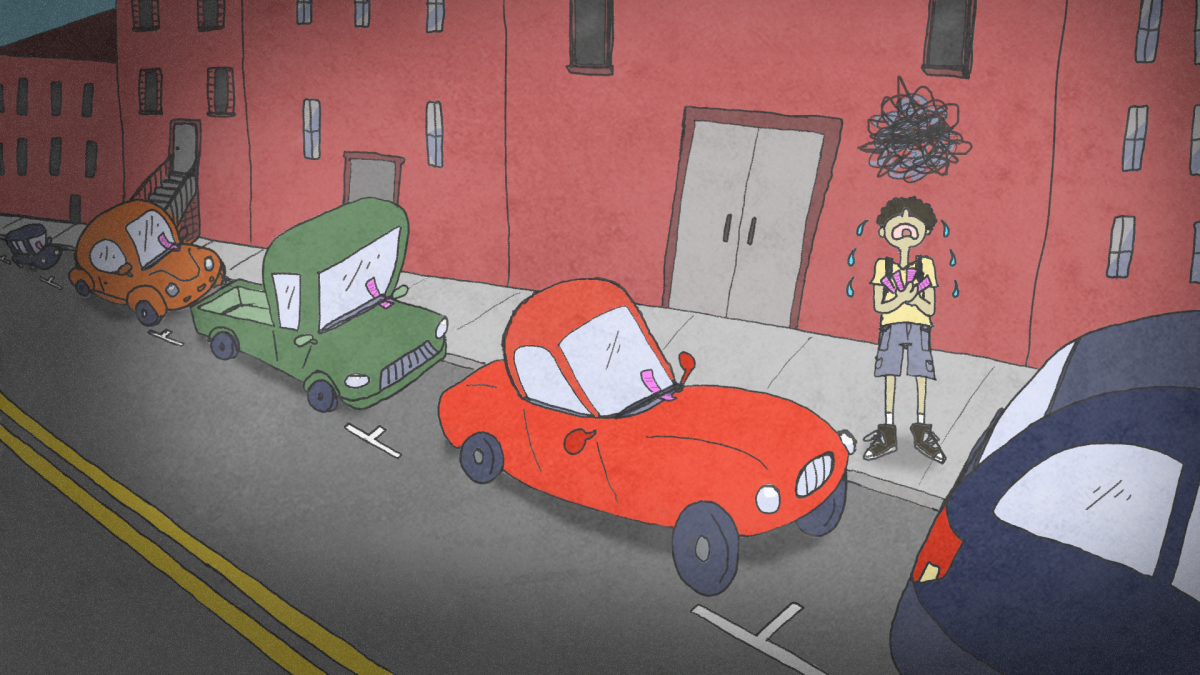In the last 100 years, Halloween has become an undeniably commercial holiday. A day that was once known as a DIY celebration and amalgam of varied traditions is now a day associated with voracious shopping for costumes, decorations and more.
Some may argue that this commodification is a good thing. After all, those large retailers became dominant through addressing popular demand. They offered a selection of costumes, candy and decorations that met the customer’s wants.
However, part of the beauty of homemade Halloween costumes is how dressing up as something else or someone else in a costume of your own creation still says something about your own aesthetic taste and craft; your unique self is still on display through the art of the activity. Fully store bought costumes frequently lose that personal quality.
During Halloween’s growth in America in the early 20th century, costumes were almost always homemade. In recent years, far more people wear store-bought costumes than homemade ones with the average American spending hundreds of dollars on Halloween each year.
Christmas and Valentine’s Day have had similar consumerist conversions over the past century. The development of Halloween from a blend of rich traditions into a commercial affair is not new. But it’s also not encouraging.
When massive retailers started to become a key producer for the products that Halloween was about, the holiday lost the unique local culture and spirit that originally defined it. In the late 19th and early 20th centuries, the costume contests with prizes provided by local merchants carried a footprint of the town and its residents. A celebration in a particular neighborhood could have its own character distinct from any other.
Now, Halloween celebrations have become far more uniform across the country. Instead of the prior diversity across towns and regions, Halloween costumes have been streamlined into clean, readymade, presentable products you can purchase right off the shelves at Target in any town in the country. Retail-bought costumes hardly vary at all from state to state, let alone from town to town.
It’s not just the costumes and celebrations. Halloween treats have undergone a similar transformation. In early decades of American Halloween celebrations, treats tended to be locally baked goods or locally harvested nuts and fruits. Midway through the 20th century, mass-marketed candy became the norm. Once more, the vital local workers and business owners’ product was set aside for the product of corporate behemoths.
On the surface, the argument for addressing modern demand holds some weight. The traditional local celebrations were replaced by homogenized ones due to the convenience offered by retailers.
However, local farmers and merchants were replaced by Target and Walmart in precisely the same way that local restaurants gave way to fast food joints. Should we celebrate the McDonalds-ification of the American restaurant industry?
Just as I cannot find a place in my heart to celebrate the monopolization of fast food across the country, I cannot take pleasure in the supplanting of local Halloween celebrations for homogenized, fast food-like advertising and product hawking. In fact, while convenience is a real and important factor when purchasing food, holidays should be the prime time to unwind, to take time to express yourself in your own way.
The predominance of store bought costumes at the expense of DIY ones has implications for the individual in addition to the community. The commercialization of Halloween and other holidays is most likely here to stay, but your celebration shouldn’t need to manifest itself in a commercial way; there’s always room for unique self-expression that returns us to the societal roots of the holiday.




